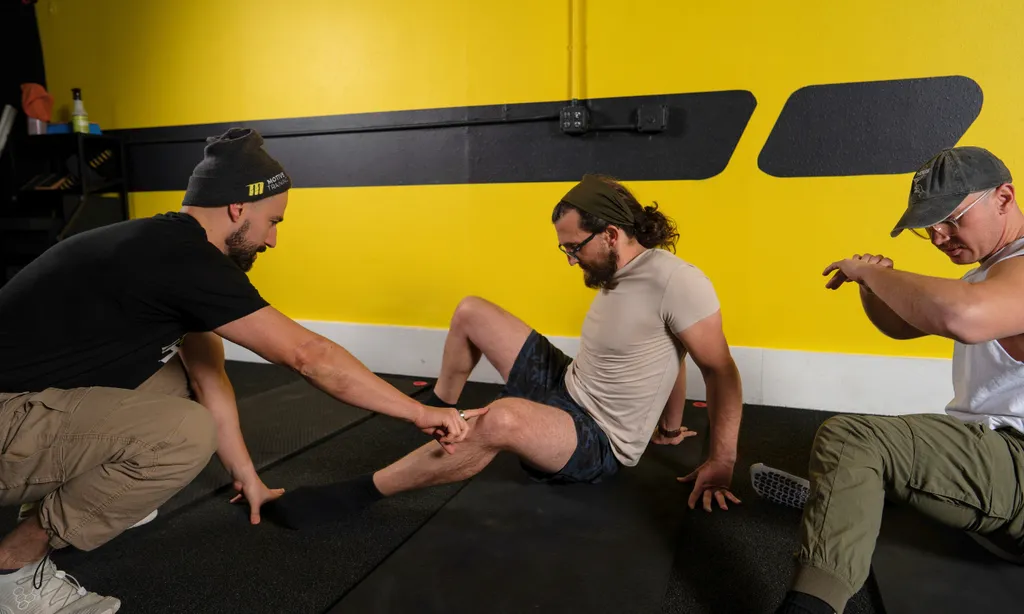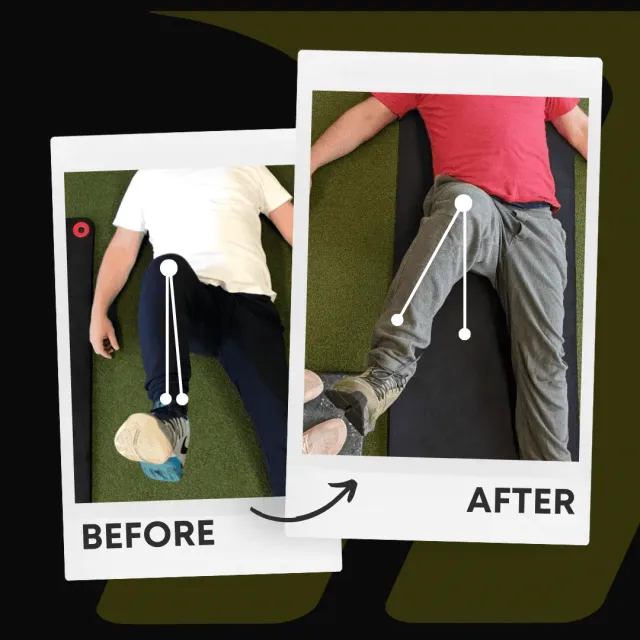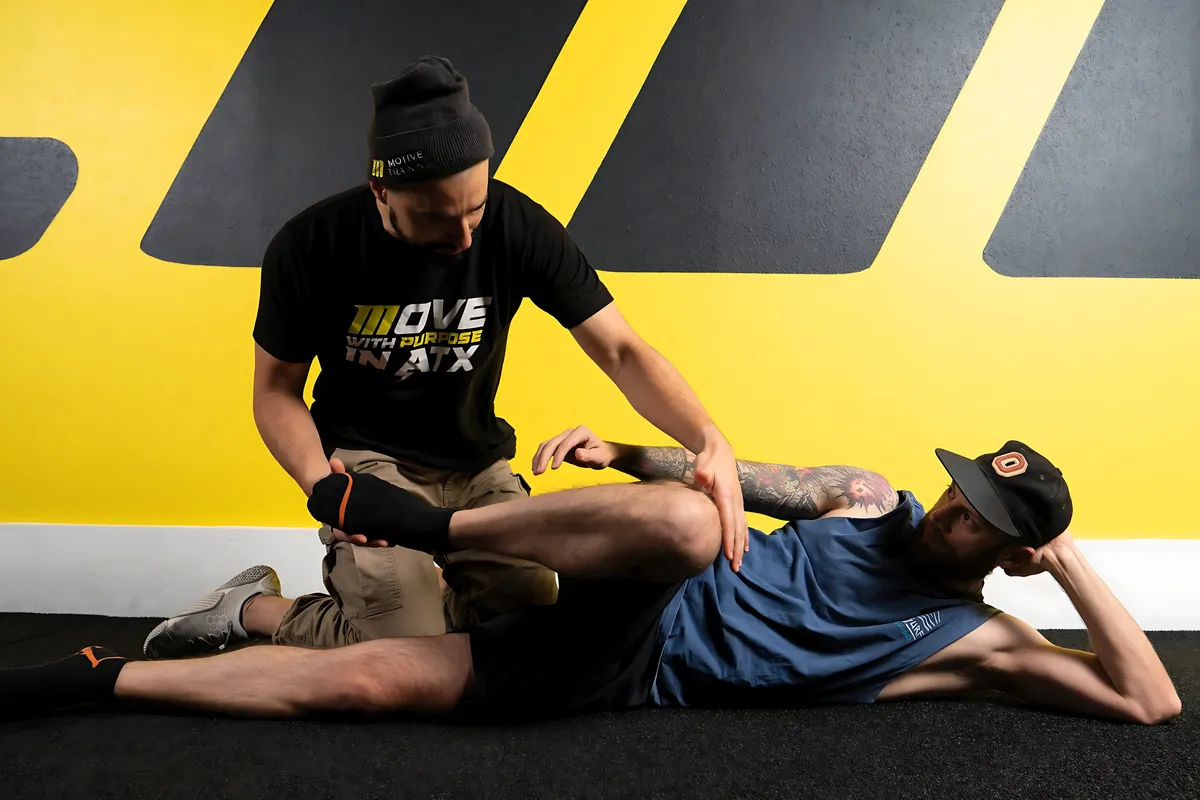Affordable Joint Pain Treatment in Austin: Personal Training And Mobility Training
February 17, 2025 | Joint Pain

Understanding Joint Pain And Its Treatments
Joint pain is a widespread problem affecting individuals of all ages. Nearly everyone, from athletes to office workers, has experienced joint discomfort at some point. Joint pain can range from mild stiffness to debilitating discomfort that limits daily activities. Treatment often requires a multifaceted approach, combining medical intervention, exercise, and mobility work. Understanding what triggers joint pain and the range of treatments available is the first step in addressing it effectively.
Many people assume joint pain is inevitable in aging, but this is not necessarily true. While wear and tear can play a role, joint dysfunction is often the result of inadequate movement, poor mechanics, or muscle imbalances that place excessive strain on the joints. The good news is that, with the right approach, much of this discomfort can be mitigated or even reversed.
What Causes Joint Pain?
Joint pain can stem from several causes, including injury, inflammation, and degeneration. Acute injuries like ligament sprains or muscle strains can lead to short-term joint discomfort, whereas chronic conditions such as arthritis or tendinitis create longer-lasting pain. Inflammatory conditions like rheumatoid arthritis involve immune system dysfunction, leading to pain and swelling. Degenerative conditions like osteoarthritis occur when cartilage wears down over time, creating friction within the joint. Even sedentary lifestyles contribute to joint pain, as lack of movement reduces joint lubrication and range of motion. Understanding these causes can empower individuals to take control of their joint health and make informed decisions about their treatment.
Postural habits also play a crucial role. Many people spend long hours sitting at desks, driving, or using electronic devices, leading to poor posture that places unnecessary stress on the joints. Over time, these compensations can lead to chronic stiffness and discomfort, particularly in the neck, shoulders, and lower back.
Conventional Treatment Options
Traditional treatments for joint pain often focus on symptom relief rather than addressing the root cause. Common approaches include medications, physical therapy, corticosteroid injections, and surgery in severe cases. Over-the-counter anti-inflammatory drugs (NSAIDs) are frequently prescribed to reduce swelling and pain. Physical therapy focuses on strengthening the muscles around the affected joint to improve support and function. However, these treatments can be costly and time-consuming, prompting many individuals to seek more affordable and holistic options.
While some people find temporary relief from these methods, they often do not lead to long-term resolution. Surgery, in particular, should be considered a last resort, as it carries risks and may not always provide the desired outcome. This is where proactive approaches like personal training and mobility work come into play.
The Role Of Personal Training In Pain Management
Personal training offers a proactive approach to managing joint pain by addressing movement dysfunction, muscular imbalances, and strength deficits. A qualified personal trainer assesses an individual’s limitations and develops a personalized exercise program targeting the specific causes of pain. At Motive Training, we emphasize Functional Range Conditioning (FRC) principles to ensure joints are not just strong but also resilient and mobile. This approach can significantly reduce pain and improve long-term joint health.
Unlike generic workout plans, a well-designed personal training program considers an individual’s specific needs, ensuring that exercises are safe and effective. Trainers focus on gradually improving mobility and strength, allowing clients to regain confidence in their movement while minimizing pain.
How Personal Trainers Can Help Alleviate Joint Pain
Personal trainers play a crucial role in restoring pain-free movement by focusing on:
- Assessment: Trainers thoroughly evaluate joint mobility and overall movement patterns using tools like the Functional Range Assessment (FRA).
- Strength Development: Trainers enhance stability and reduce strain by targeting weak muscles surrounding a joint.
- Corrective Exercises: Personalized programs often include exercises such as PAILs/RAILs (Progressive and Regressive Angular Isometric Loading), CARs (Controlled Articular Rotations), and joint-specific isometrics to improve tissue quality.
- Mobility Work: Mobility training, such as the techniques used in KINSTRETCH, targets joint health directly, improving range of motion and reducing compensation patterns.
- Education: Teaching clients to move efficiently and avoid harmful movement patterns can prevent further joint issues.
Finding Affordable Personal Training In Austin
While Austin offers a variety of personal training options, affordability and effectiveness are key considerations. At motive Training, we focus on personalized, evidence-based programming tailored to each client’s needs, ensuring that our services provide value for your investment. By prioritizing long-term joint health, clients can often avoid more expensive medical treatments or recurring injuries. Additionally, Austin’s gyms and training facilities offer package deals, group sessions, or introductory rates, making personal training more accessible.
Additionally, semi-private training sessions, which allow for more individualized attention at a lower cost than one-on-one sessions, can be an excellent solution. Some trainers also offer online coaching options, providing professional guidance without the added expense of in-person sessions.
Mobility Training: An Affordable Solution For Joint Pain
Mobility training is an effective and often affordable way to address joint pain. Unlike traditional strength training, which focuses on building muscle, mobility training aims to improve joint function by enhancing flexibility, stability, and control. The key to mobility training’s effectiveness lies in its ability to target the root cause of dysfunction, promoting sustainable improvements.
What is Mobility Training?
Mobility training is a comprehensive approach that focuses on increasing the functional range of motion in joints. It achieves this through exercises that target joint capsules, connective tissue, and muscles. Controlled articular rotations (CARs), progressive isometrics, and kinetic stretching are key components of mobility training. These exercises, which combine strength and flexibility, are superior for joint health compared to static stretching.
By integrating mobility exercises into a daily routine, individuals can prevent stiffness, improve circulation, and promote better overall movement quality. The key is consistency—performing mobility work regularly leads to the best results over time.
Cost-Effective Mobility Training Options In Austin
Several affordable mobility training options are available in Austin:
- KINSTRETCH Classes: Many studios, including Motive Training, offer KINSTRETCH classes designed to improve joint health and mobility. These group classes provide cost-effective access to expert-led training.
- Online Programs: Virtual mobility programs can be an economical way to access quality instruction without the need for in-person sessions.
- Community Centers And Local Gyms: Some community centers offer mobility-focused classes at reduced rates.
- Self-Guided Workouts: Many mobility routines can be performed at home with minimal equipment, using free online resources for guidance.
Combining Personal And Mobility Training
Combining personal training with mobility training yields the best outcomes for joint pain management. Personal trainers can identify underlying weaknesses and guide clients through targeted strength work, while mobility classes ensure that joint-specific issues are also addressed. The synergy between these two modalities accelerates recovery and prevents future injuries by creating a comprehensive and sustainable program.
Tips For Maintaining Joint Health On A Budget
- Consistency Over Intensity: Small, consistent efforts yield better long-term results than sporadic intense sessions.
- At-Home Workouts: Incorporate simple mobility exercises at home to save on session costs.
- Preventative Care: Regularly include joint-specific exercises to prevent the onset of pain.
- Utilize Free Resources: Online platforms offer free or low-cost mobility routines.
- Group Classes: Participating in group training can lower the cost per session compared to one-on-one training.
Conclusion: Affordable Joint Pain Treatment in Austin
Joint pain does not have to be a life sentence or a financial burden. By combining personal training and mobility work, individuals can address the root causes of pain, improve function, and reduce the need for costly interventions. Motive Training in Austin is dedicated to providing affordable, effective solutions tailored to each client’s needs. Contact us to learn more about how we can help you move pain-free and maintain long-term joint health.
Written by:
 Brian Murray, FRA, FRSC
Brian Murray, FRA, FRSC
Founder of Motive Training
We’ll teach you both how to move with purpose so you can lead a healthy, strong, and pain-free life. Our headquarters are in Austin, TX, but you can work with us online by signing up for KINSTRETCH Online or digging deep into one of our Motive Mobility Blueprints.

